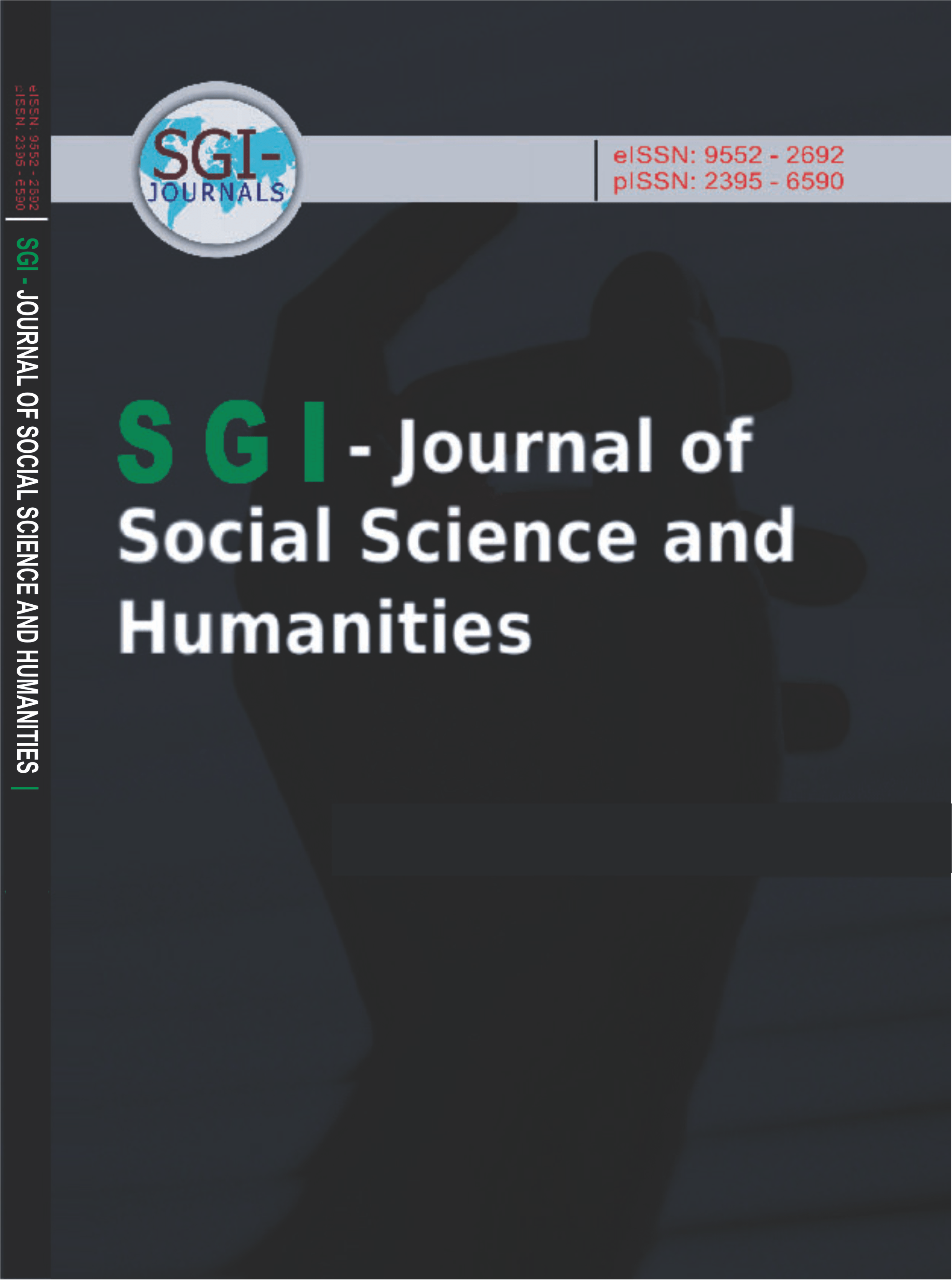SGI-JOURNAL OF SOCIAL SCIENCE AND HUMANITIES (SGI-JSSH)
STUDENT OVERINVOLVEMENT IS CORRELATED WITH LOWER LEVELS OF ACADEMIC ENGAGEMENT
E-ISSN: 9552-2692
P-ISSN: 2395-6590
DOI: https://iigdpublishers.com/article/523
Colleges want students to be involved in campus activities and to be engaged with campus culture. These concepts, while sharing overlap, have important differences. Student involvement refers primarily to the behaviors outside of class, such as participation in clubs or honor societies. Student engagement is a psychological investment with cognitive and emotional components. While low or moderate levels of involvement may boost engagement, over involvement may harm engagement. Data was collected from participants at a public university and at a private university with a religious affiliation (N=113). Students completed the Over involvement Scale (OIS) and the Higher Education Student Engagement Scale (HESES). Results showed internal validity for both the OIS and HESES. Feelings of over involvement were correlated with lower levels of academic engagement. Unexpected sample differences suggest that students at private religious universities seem to express higher engagement levels.
Emily Berry, Sofia Marquina & Richard Walker
Abraham, A., Chaabna, K., Sheikh, J.I. et al. (2024). Burnout increased among university students during the COVID-19 pandemic: A systematic review and meta-analysis. Scientific Reports, 14, 2569. https://doi.org/10.1038/s41598-024-52923-6
Alfano, H. J., &Eduljee, N. B. (2013). Differences in work, levels of involvement, and academic performance between residential and commuter students. College Student Journal, 47(2), 334–342.
Astin, A. W. (1968). The college environment. Washington, DC: American Council on Education.
Astin, A. W. (1975). Preventing students from dropping out. San Fracisco: Jossey-Bass.
Astin, A. W. (1977). Four critical years. San Fracisco: Jossey-Bass.
